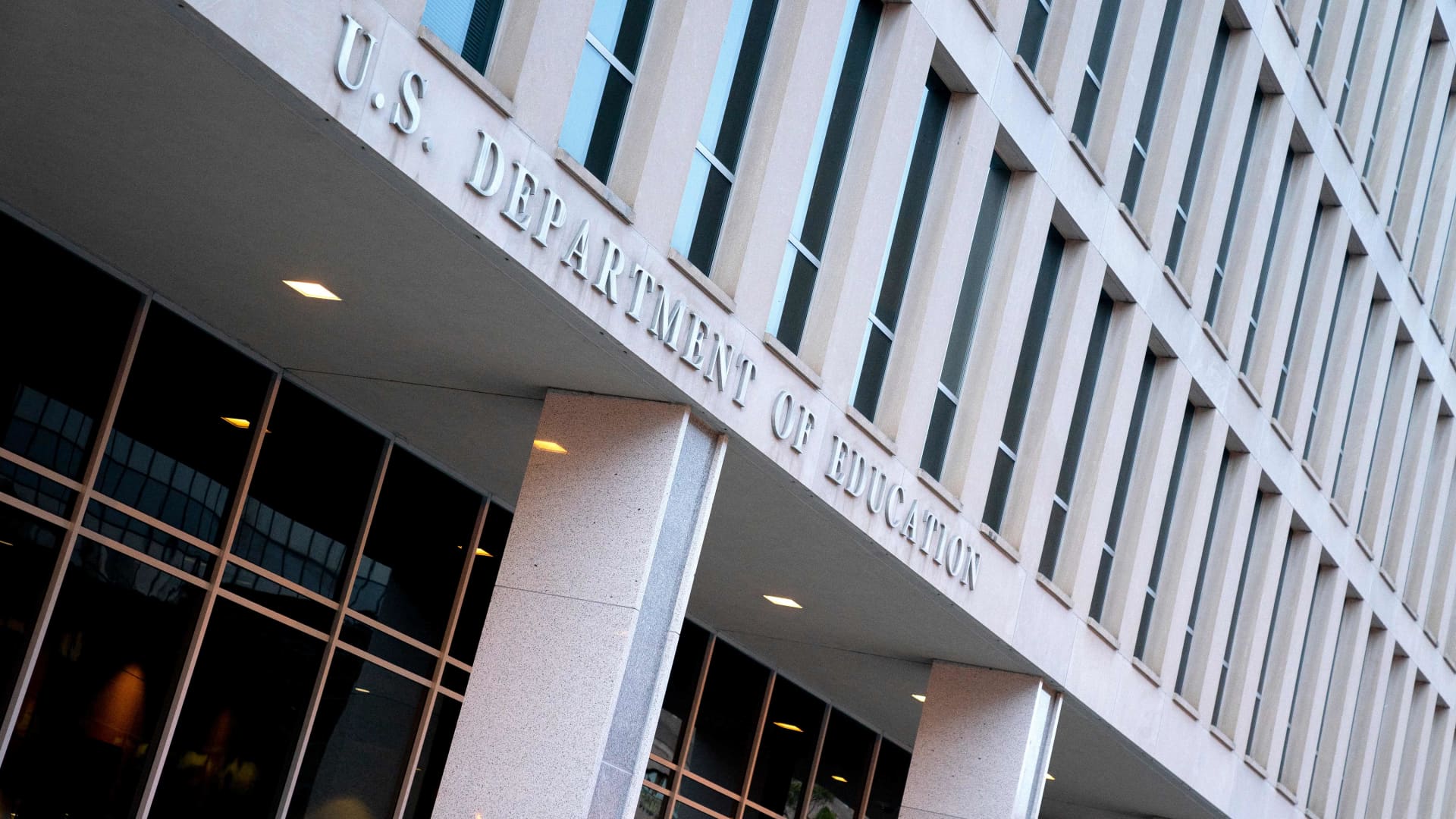Products You May Like
The U.S. Department of Education’s application for student loan forgiveness, which officially went live earlier this week, is surprisingly easy to fill out.
Borrowers just need to provide some basic contact information and their Social Security number. That’s it.
Well, for some.
More from Personal Finance:
How to save on groceries as CPI ‘food at home’ prices soar
Consumers prioritize Netflix, Amazon Prime over groceries, gas
Nearly half of Americans make this mistake with credit cards
Millions of people who request the relief may be asked to provide more information at a later date, the Biden administration has said.
“There isn’t any ID authentication process and no process to verify income, so the potential for fraud or benefit eligibility mistakes in this online form is massive,” said Scott Buchanan, executive director of the Student Loan Servicing Alliance, a trade group for federal student loan servicers.
As a result, Buchanan said, “I understand why the Education Department has to audit many applications.”
Here’s what to know about the extra step some borrowers will need to take.
How many borrowers could this impact?
Education Department officials estimate between 1 million and 5 million student loan borrowers will be asked to provide additional documentation after they’ve applied for forgiveness.
Who is likely to hear from the Education Department?
If you’re still a dependent student, you’re instructed to apply for forgiveness using your own income information. But if the Education Department identifies that you’re in this status, it will email you with instructions for you and your parent, it said.
Because income eligibility for dependent students is based on their parents’ income, your parents will likely need to attest or prove that they fall under the income caps on the relief: $125,000 for individuals and $250,000 for families.
In addition, as a fraud prevention measure, “I’d expect a random sample of applicants, both dependent and independent, to be selected for verification,” said higher education expert Mark Kantrowitz.
What information might I need to have ready?
If you’re selected for verification, you’ll likely need to prove that you did, in fact, fall below the income caps for the forgiveness.
Importantly, the Education Department will be looking at your so-called adjusted gross income, which may be different than your gross salary.
You calculate AGI by adding up your earnings — including salary, interest and more — and subtracting the items on Part II of Schedule 1 on your tax return. Some of those items may include deductible individual retirement account or health savings account contributions, educator expenses and more.
If your AGI was under the caps in 2020 or 2021, you’re in the clear.
To confirm your eligibility with the Education Department, you’ll need to show either a standard 1040 tax return or a tax return transcript. If you didn’t file taxes in either of those years, you’ll want a verification letter from the IRS that you were a nonfiler.
How do I get those documents?
If you don’t have your past tax returns, you can get a tax return transcript or verification of nonfiling letter using the online IRS Get Transcript Tool or by filing IRS Form 4506-T, Kantrowitz said.
The verification process should take around 30 minutes, the Education Department estimates.
